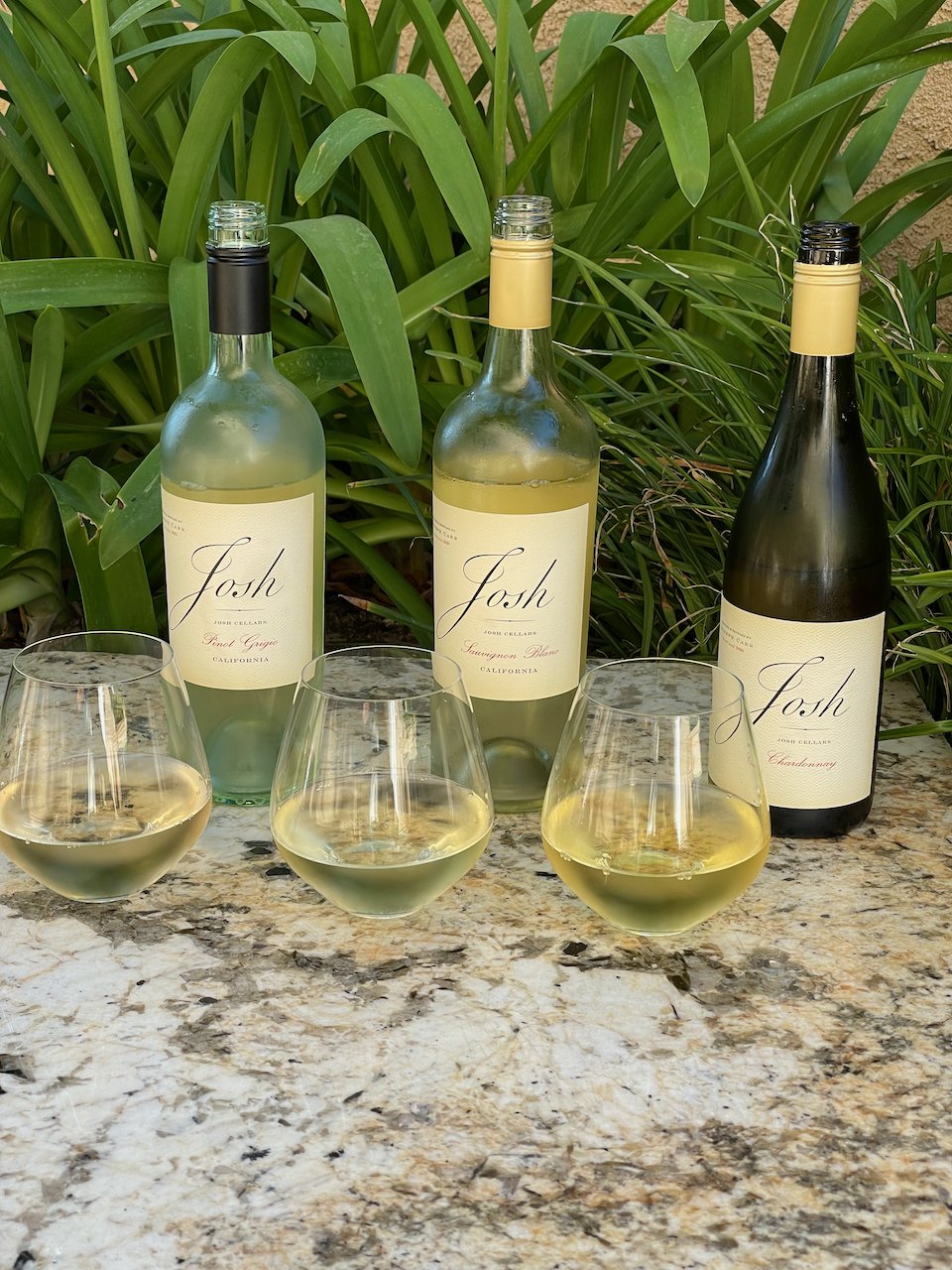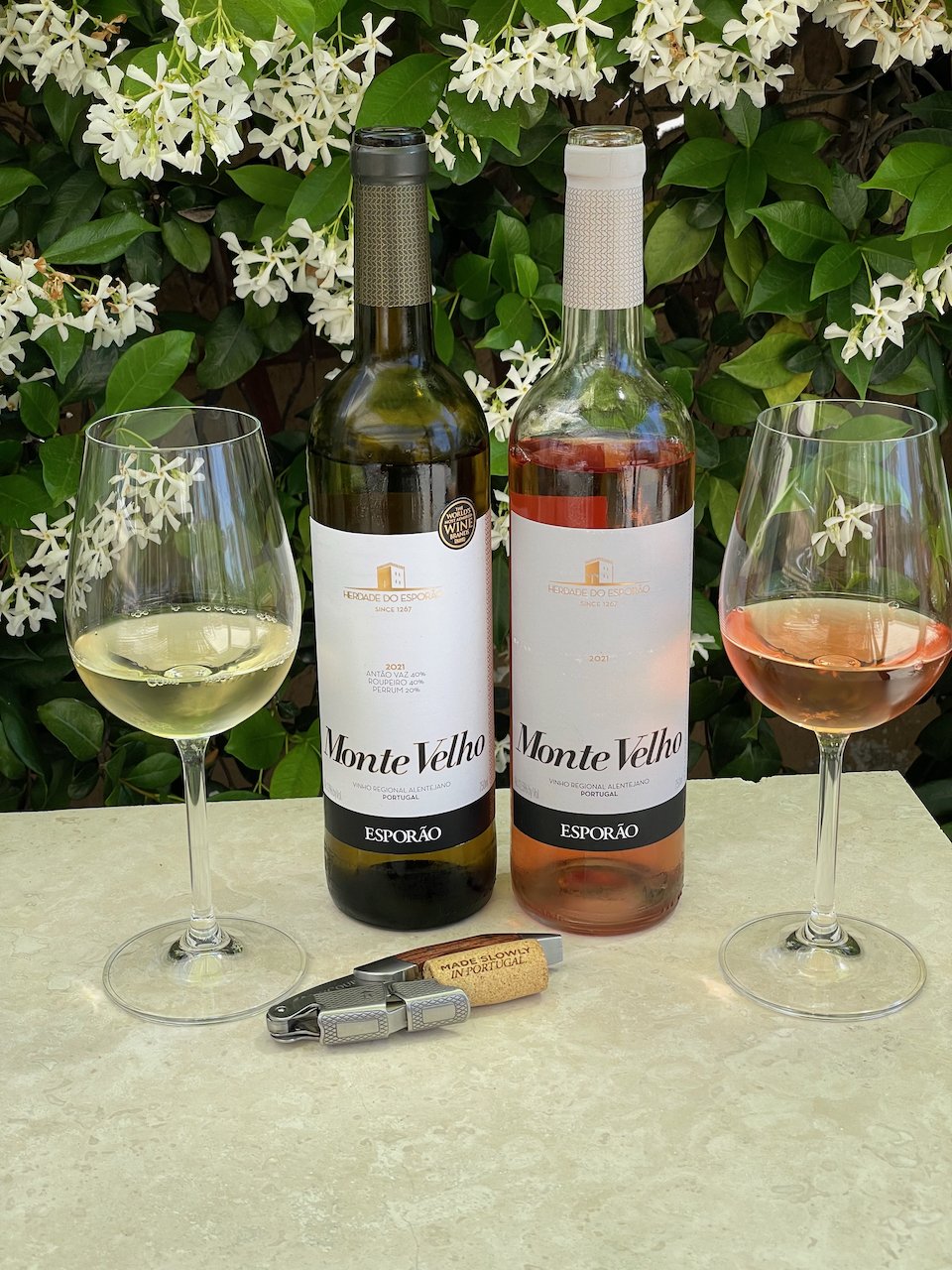Last time we looked at some of the reasons why a wine bottle might have a wax seal over the cork. Now, to the question of how best to remove the wax so that the cork can be extracted. Here are a few options:
Probably the easiest way to remove a wax seal is if it is actually one that has a built-in tab that can be pulled - just like the foil on a Champagne bottle. Just lift the tab, pulled it around the neck of the bottle and the cap will easily come off and expose the top of the cork. But, this type of seal is actually rare. So, if you are not so lucky, there are several other options for dealing with a wax capsule.
If the wax is soft and malleable, you just might be able to peel off the wax like a foil capsule. Or, carefully use a wine opener’s knife to cut off the top of the wax seal and expose the cork.
Another approach that can be used with soft wax is to simply insert a cork screw right through the top of the wax seal and pull out the cork and wax cap simultaneously.
Now, if the wax is very hard and almost like a hard plastic there are a couple of options. First, you can try to softening the wax by holding the bottle upside down and running hot water over just the upper neck of the bottle. In this case, try to just get the capsule warm and softened without heating the entire bottle. Then peel away the softened wax or go right through it with the corkscrew.
Or, the last-ditch technique for dealing with hard wax is to just start digging away at the top. Ideally, use the knife of a corkscrew to chip away at the wax until you’ve fully exposed the top of the cork.
A wax seal on a wine bottle may look very elegant but at the same time it can make the bottle difficult to deal with. But, stay patient. There’s a nice glass of wine just waiting for you on the other side of the wax-sealed cork! Cheers!



